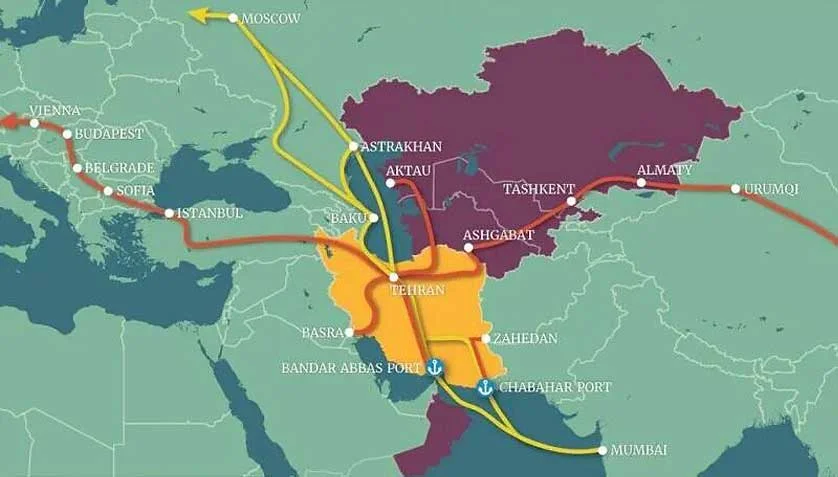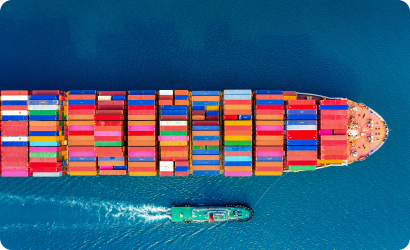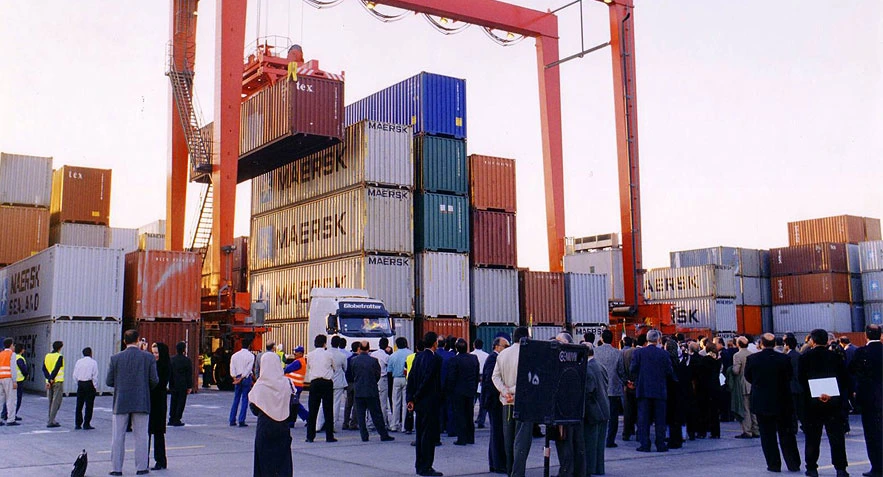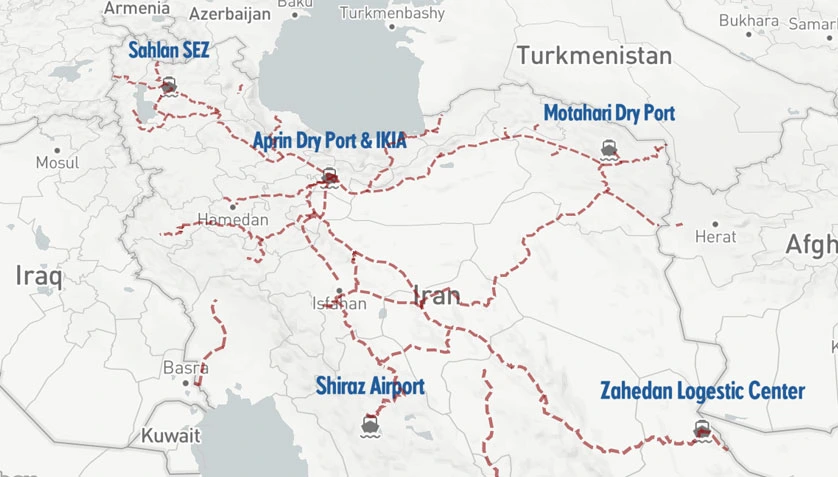Grand Opening of APRIN Dry Port Marks a New Era in Iran's Logistics and Trade Connectivity

Tehran, Iran – Today marks the official inauguration of APRIN Dry Port, a landmark achievement in Iran’s transportation and logistics infrastructure. Located just 21 kilometers southwest of Tehran, APRIN is poised to transform the country’s trade landscape by becoming Iran’s central inland rail container terminal and a pivotal hub for regional connectivity.
With over 2.3 million TEU handled annually by Iranian seaports—55% of which are destined for the Tehran region—APRIN Dry Port answers a critical national need for efficient, modern inland logistics solutions. Developed on a Customs bonded area under a BOT concession, and with the wider site planned to be developed into a Special Economic Zone (SEZ), APRIN is strategically located at the heart of Iran’s rail and road transport corridors.
Today also marks a significant operational milestone for APRIN Dry Port. The arrival of the first direct train from China establishes a vital link with the Belt and Road Initiative, positioning APRIN as a strategic gateway between Asia and Iran. This landmark event underscores the port’s readiness to serve as an international logistics hub and its pivotal location along major global trade corridors.
What Is a Dry Port?
A dry port—also known as an inland port—is an intermodal terminal located away from a traditional seaport but directly connected to it by rail or road. It functions as a center for transshipment, customs clearance, warehousing, and distribution, helping to alleviate congestion at seaports and streamline inland cargo operations. Dry ports provide essential logistics services, including storage, consolidation, inspection, and multimodal transfer, bringing seaport functionality closer to inland markets and industrial centers.
A Vision Realized – Strategic Investment
The APRIN project was brought to life through the leadership of Mr. Yousef Sherkati, renowned logistics expert within PTB Group. With over six decades of international experience, Mr. Sherkati has long envisioned a world-class logistics center in Iran:
“APRIN represents our long-term vision to modernize logistics in Iran through efficient, multimodal infrastructure. This terminal is a gateway to new trade opportunities for Iran, specifically Tehran and the wider region.”
APRIN’s Role in National and Regional Logistics
APRIN is designed to serve as a state-of-the-art logistics center, capable of handling nearly 800,000 TEU throughput annually across five rail lines, supported by bonded warehousing, cold storage facilities, maintenance yards, and customs clearance facilities. It connects seamlessly to Iran’s 15,000-kilometer railway system and lies just 40 km from Imam Khomeini International Airport, enabling tri-modal cargo transfer between rail, road, and air. To further streamline operations, APRIN now operates under its own dedicated customs house, ensuring faster and more efficient service for its clients.
APRIN is more than infrastructure—it is a strategic response to global logistics trends, aiming to:
- Serve Tehran’s expanding industrial and consumer base with proximity and efficiency
- Enhance distribution across Iran and to Central Asian and Caucasus markets
- Act as a hub-and-spoke center for cargo consolidation, rail-road-air interchange
- Alleviate congestion at coastal ports by offering a direct inland destination
- Promote sustainable transport by shifting to greener rail options
- Strengthen Iran’s role along international trade corridors such as the INSTC and East-West Corridor
Global Context – Learning from Leading Dry Ports
APRIN follows in the footsteps of globally transformative dry ports like:
- Duisburg Port (Germany) – Europe’s largest inland hub and logistics backbone
- Khorgos Gateway (Kazakhstan-China border) – a flagship node in the Belt and Road Initiative
Like these, APRIN is set to become a critical node in regional and international trade, offering capacity, efficiency, and connectivity.
Iran: A Trade Gateway
With a population nearing 90 million and a GDP of $434 billion, Iran is one of the Middle East’s largest economy. Its vast hydrocarbon reserves, central geography, and growing rail network position it as a natural logistics bridge between Asia, Europe, and the Middle East.
Iran’s rail connections to Turkey, Turkmenistan, Afghanistan, Pakistan, and soon Iraq and Azerbaijan, are integral to transforming the country into a regional logistics powerhouse. APRIN is the central inland terminal in this evolving network.
Looking Ahead
With Phase 1 now complete, and the successful arrival of the first China-Iran train, APRIN’s operational launch marks a significant milestone not only for Iran, but for the future of trade across the Eurasian landmass. As global commerce shifts toward rail and intermodal transport, APRIN is positioned to lead, offering scalable, efficient, and sustainable cargo solutions.
The development team, partners, and stakeholders celebrate today’s launch as the beginning of a new chapter in Iran’s economic and logistical future.
Your email address will not be published. Required fields are marked *





